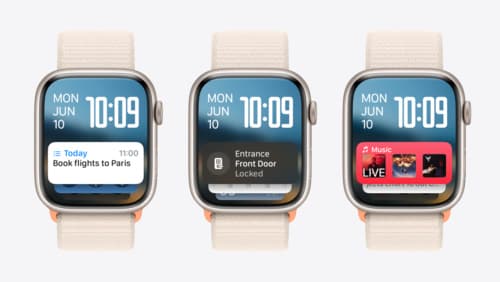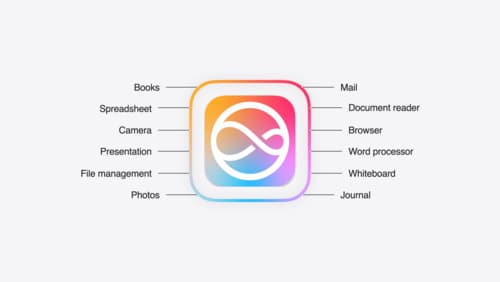What kind of actions are allowed for Shortcuts to run on WatchOS?
Asked on 2024-07-30
1 search
Shortcuts on watchOS can perform a variety of actions, leveraging the app intents framework. Here are some key points about the actions allowed for Shortcuts to run on watchOS:
-
Interactive Widgets: WatchOS 11 supports interactive widgets, allowing users to perform actions directly from a widget without opening the app. For example, users can lock or unlock their door using a home widget (What’s new in watchOS 11).
-
App Intents: Shortcuts actions are defined as intents in the app intents framework. These intents appear by default as actions in the Shortcuts app and can be used to perform various tasks (Bring your app’s core features to users with App Intents).
-
Personal Automations and Home Screen Shortcuts: Intents can be used in personal automations and home screen shortcuts, making it easy to integrate app functionalities into daily routines (Bring your app to Siri).
-
Live Activities: If your app supports live activities on iOS, these can be extended to watchOS, providing timely and contextual information directly on the watch face (Platforms State of the Union).
-
Confirmation Prompts: For actions that might have significant consequences, such as unlocking a door, you can add an extra step of confirmation to avoid accidental triggers (What’s new in watchOS 11).
These features allow developers to create rich, interactive experiences on watchOS, making it easier for users to perform actions quickly and efficiently.

What’s new in watchOS 11
Explore new opportunities on Apple Watch, including bringing Double Tap support to your watchOS app, making your Smart Stack widgets even more relevant and interactive, and displaying your iOS Live Activities in the Smart Stack.

Platforms State of the Union
Discover the newest advancements on Apple platforms.

Bring your app to Siri
Learn how to use App Intents to expose your app’s functionality to Siri. Understand which intents are already available for your use, and how to create custom intents to integrate actions from your app into the system. We’ll also cover what metadata to provide, making your entities searchable via Spotlight, annotating onscreen references, and much more.
